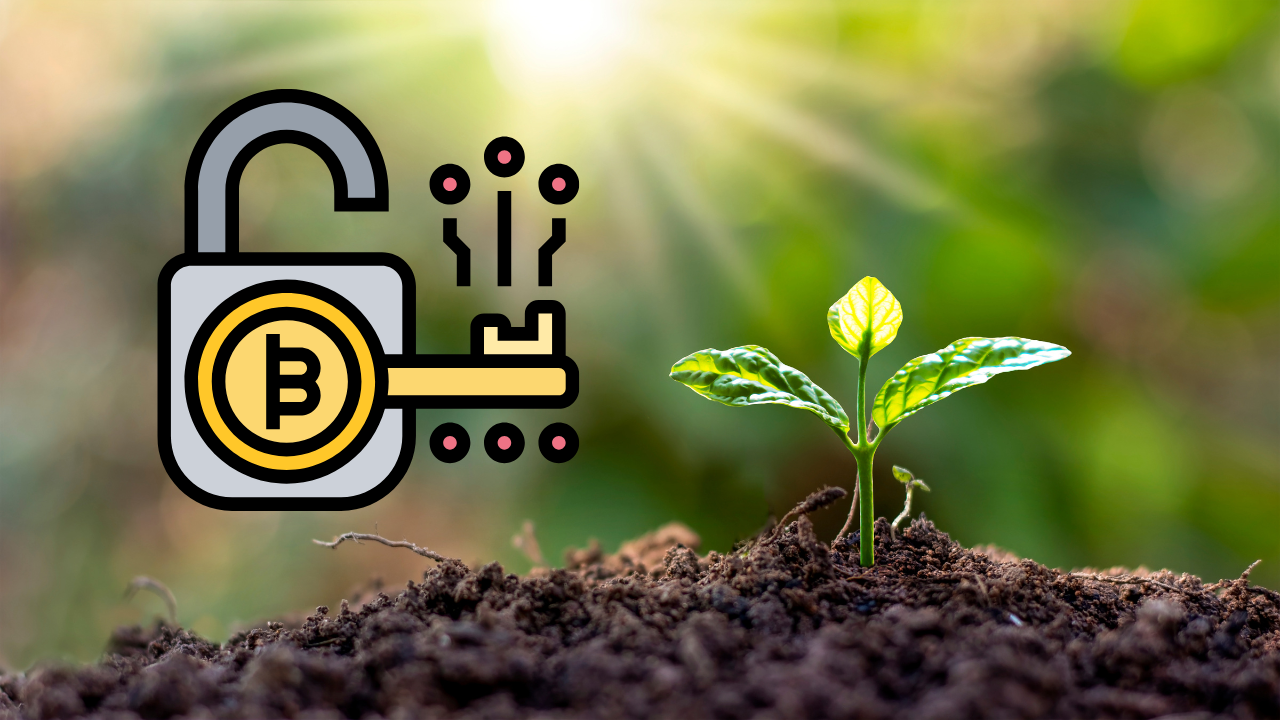Blockchain in Agriculture: From Farm to Fork Transparency
In an age where consumers want to know everything about their food—from where it was grown to how it reached their plates—blockchain in agriculture is emerging as a game-changing solution. Imagine scanning a QR code on your grocery item and instantly learning about the farmer, harvest date, transportation route, and quality checks. This isn’t science fiction. This is blockchain technology at work.
In this blog, we’ll explore how blockchain is transforming agriculture by enhancing traceability, accountability, and sustainability across the food supply chain. Let’s uncover the future of farm-to-fork transparency.
What is Blockchain in Agriculture?
Blockchain is a decentralized digital ledger that securely records transactions across multiple computers. In agriculture, it helps track every step of a food product’s journey—from seed to supermarket.
Each entry (or “block”) is time-stamped and tamper-proof, creating a permanent and verifiable record. This means no more guesswork or misinformation—only accurate, transparent data.
This technology offers a more connected and traceable food system, enabling participants in the agriculture value chain—from farmers to distributors—to collaborate on a shared and secure platform.
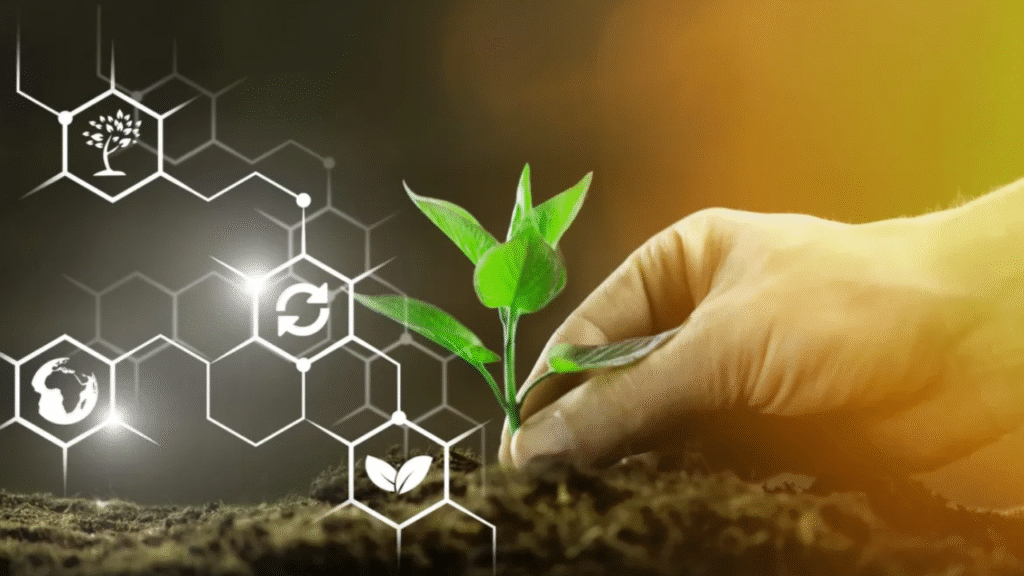
Why Agriculture Needs Blockchain
The agriculture supply chain is long and complex, involving farmers, transporters, storage centers, retailers, and regulatory bodies. This complexity often leads to:
- Mislabeling or fraud
- Delays in detecting contamination
- Food waste due to inefficiencies
- Lack of trust between producers and consumers
Blockchain farming applications are designed to eliminate these issues by offering:
- Real-time tracking of crops and livestock
- Transparent supply chain visibility
- Better compliance with food safety standards
- Efficient recall management when problems arise
- Verification of certifications such as organic, halal, or fair-trade status
Blockchain ensures every stakeholder sees the same version of data, reducing conflicts and promoting trust throughout the food ecosystem.
How Blockchain Works in the Food Supply Chain
Let’s break down how blockchain ensures farm-to-fork transparency:
1. Data Entry at the Farm Level
- Farmers record details about seeds, fertilizers, irrigation, and harvest dates using mobile apps.
- IoT devices can automatically log temperature, soil moisture, and pesticide usage.
- Blockchain stores this data permanently, and it cannot be altered retroactively.
2. Processing and Packaging
- As products are transported to processing units, each step is recorded: washing, grading, packaging, and storage conditions.
- Facilities can demonstrate adherence to food safety and hygiene protocols.
3. Transportation and Logistics
- GPS data and real-time updates ensure that products are moved under safe and timely conditions.
- Smart contracts automate payments once certain conditions (like delivery) are met.
4. Retail and Consumer Access
- Consumers scan a QR code to view the entire lifecycle of the product.
- Retailers ensure the product meets sustainability and safety claims.
In each phase, the use of blockchain significantly reduces time, error, and manual reconciliation.
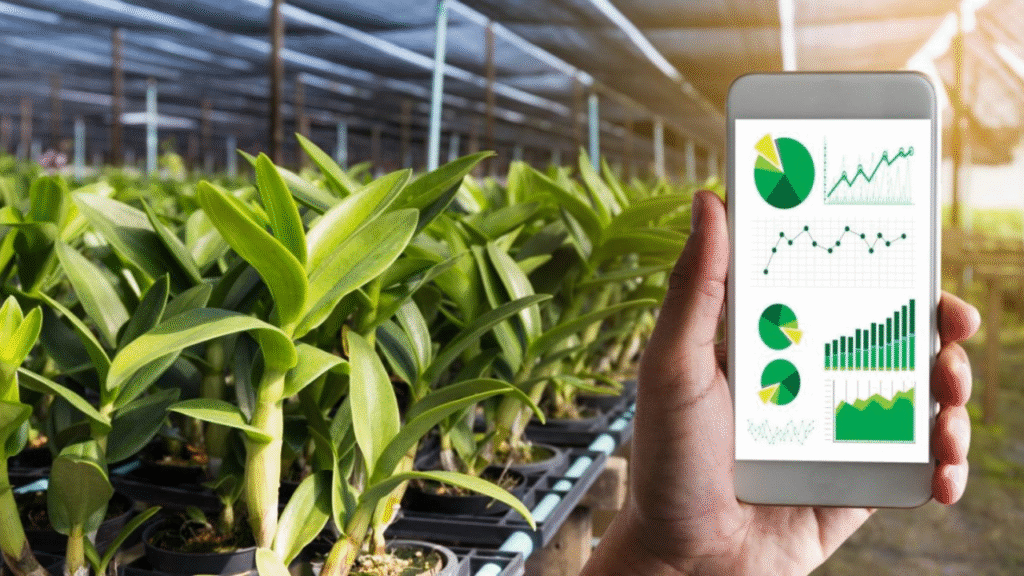
Real-World Use Cases
1. IBM Food Trust
Partnering with Walmart, Nestlé, and other food giants, IBM has created a blockchain system that tracks food items like lettuce and pork from origin to shelf.
2. AgriDigital (Australia)
This platform uses blockchain to manage grain supply chains, handling everything from contracts to payments and logistics.
3. TE-FOOD (Vietnam)
One of the largest publicly accessible blockchain food traceability systems, TE-FOOD tracks livestock and fresh produce in Asia and Africa.
4. Provenance (UK)
This blockchain platform verifies ethical and sustainable sourcing for businesses, especially in coffee, fish, and fashion.
5. OriginTrail (Global)
This decentralized knowledge graph is used to verify supply chains for agriculture, pharmaceuticals, and logistics.
Benefits of Blockchain in Agriculture
1. Enhanced Food Safety
With blockchain, contaminated food can be traced back to its source in seconds, minimizing health risks. Governments and food regulators can respond more swiftly to outbreaks.
2. Reduction in Food Fraud
Blockchain makes it harder to counterfeit premium food products like organic produce, wild-caught fish, or grass-fed beef.
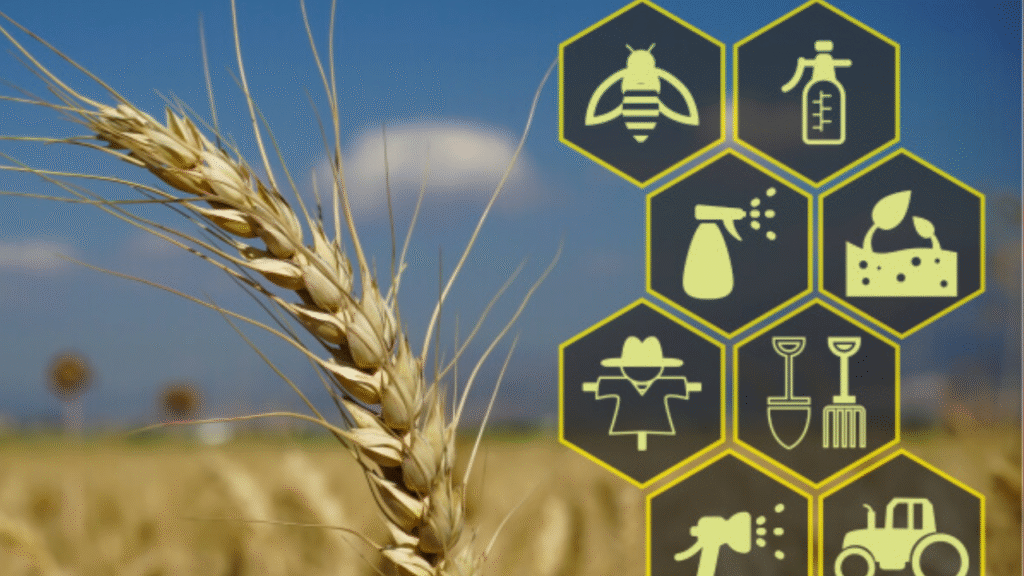
3. Improved Supply Chain Efficiency
Automation and smart contracts reduce paperwork, delays, and transaction errors. Every stage of the chain is optimized.
4. Consumer Trust and Engagement
Transparency builds confidence. When people know the origin and handling of their food, they feel more connected to it.
5. Sustainability Tracking
Farmers and retailers can showcase eco-friendly practices, carbon footprints, and fair labor through verified blockchain entries.
6. Boosted Farmer Income
With access to transparent marketplaces and proof of quality, farmers can negotiate better prices and reduce exploitation.
Blockchain + IoT = Smarter Farming
The integration of IoT (Internet of Things) devices with blockchain allows automated and accurate data entry, minimizing human error.
Examples:
- Temperature sensors in cold chains record storage conditions.
- Drones capture aerial imagery of crops and upload it to blockchain networks.
- RFID tags monitor livestock movements.
- Weather sensors forecast threats to harvests.
This synergy strengthens data authenticity, making blockchain-powered agriculture platforms even more reliable.
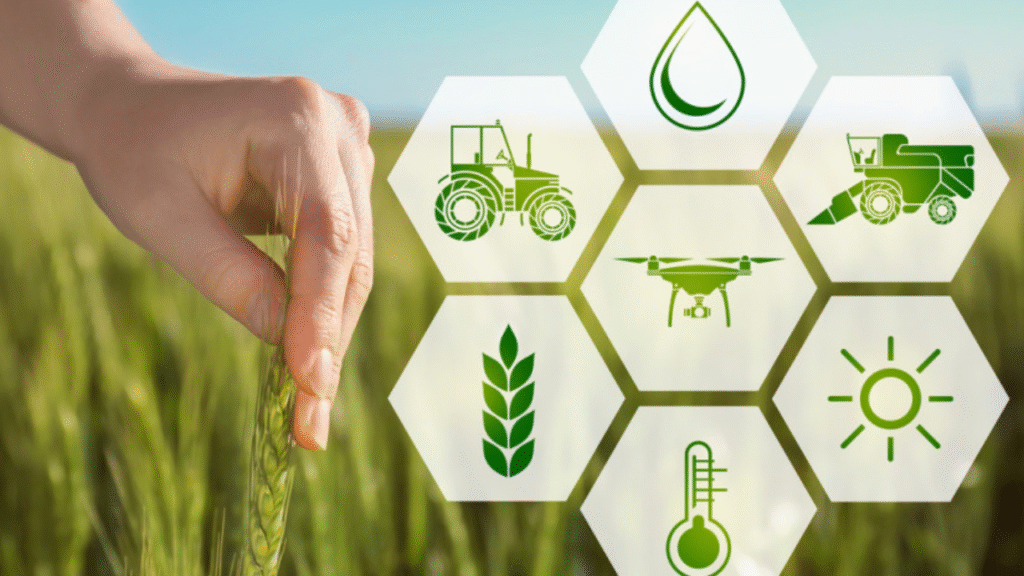
Challenges to Address
While promising, blockchain in agriculture still faces hurdles:
1. Digital Infrastructure
Many rural areas lack reliable internet and mobile networks. Government partnerships with tech providers can close this gap.
2. Farmer Training and Inclusion
Small-scale farmers need accessible tools and training to participate. NGOs and cooperatives are essential here.
3. Data Privacy Concerns
Not all stakeholders are comfortable sharing operational data. Encryption and permission-based access can help.
4. Cost and Scalability
Blockchain systems require investment and may not be immediately scalable for every crop or region.
5. Standardization
Without global standards for blockchain in food supply chains, integration between systems remains a challenge.
Governments, agri-tech startups, and NGOs are working to overcome these challenges through pilot programs, subsidies, and open-source tools.
Future Outlook: What’s Next?
The next phase of blockchain technology in agri-food involves:
- Global blockchain standards for food traceability
- Integration with AI for predictive insights on supply and demand
- Tokenization of commodities for easier trade and finance
- Blockchain-based certifications replacing paper audits
- Consumer loyalty programs tied to product transparency
- Agri-financing tools that allow farmers to use blockchain data to access loans
- Mobile-first solutions for farmers in the Global South
As the world shifts toward decentralized agri supply chains, blockchain will play a central role in making food systems more ethical, efficient, and resilient.
Final Thoughts
From verifying organic labels to preventing food recalls, blockchain in agriculture offers a transparent lens into how our food is grown, processed, and delivered. In a world where trust and traceability are more important than ever, this digital ledger technology is paving the way for a smarter, safer, and more sustainable agri-food ecosystem.
Whether you're a farmer, processor, retailer, or consumer, the impact is clear: blockchain is not just a trend—it's a transformation. As accessibility improves and adoption spreads, we’ll see blockchain not only securing our food systems but also empowering everyone along the agricultural value chain.



